One 3D artist I have been a huge fan of is Josh Pierce. He’s an incredible designer with a very cool vibe. He’s part artist and part spiritual guru or philosophical guide. His art really draws from this ethos.
I interviewed him to learn more about his process, favorite plugins, the way he uses VDBs in his work and his thoughts on AI. Let’s learn more about my friend Josh Pierce!
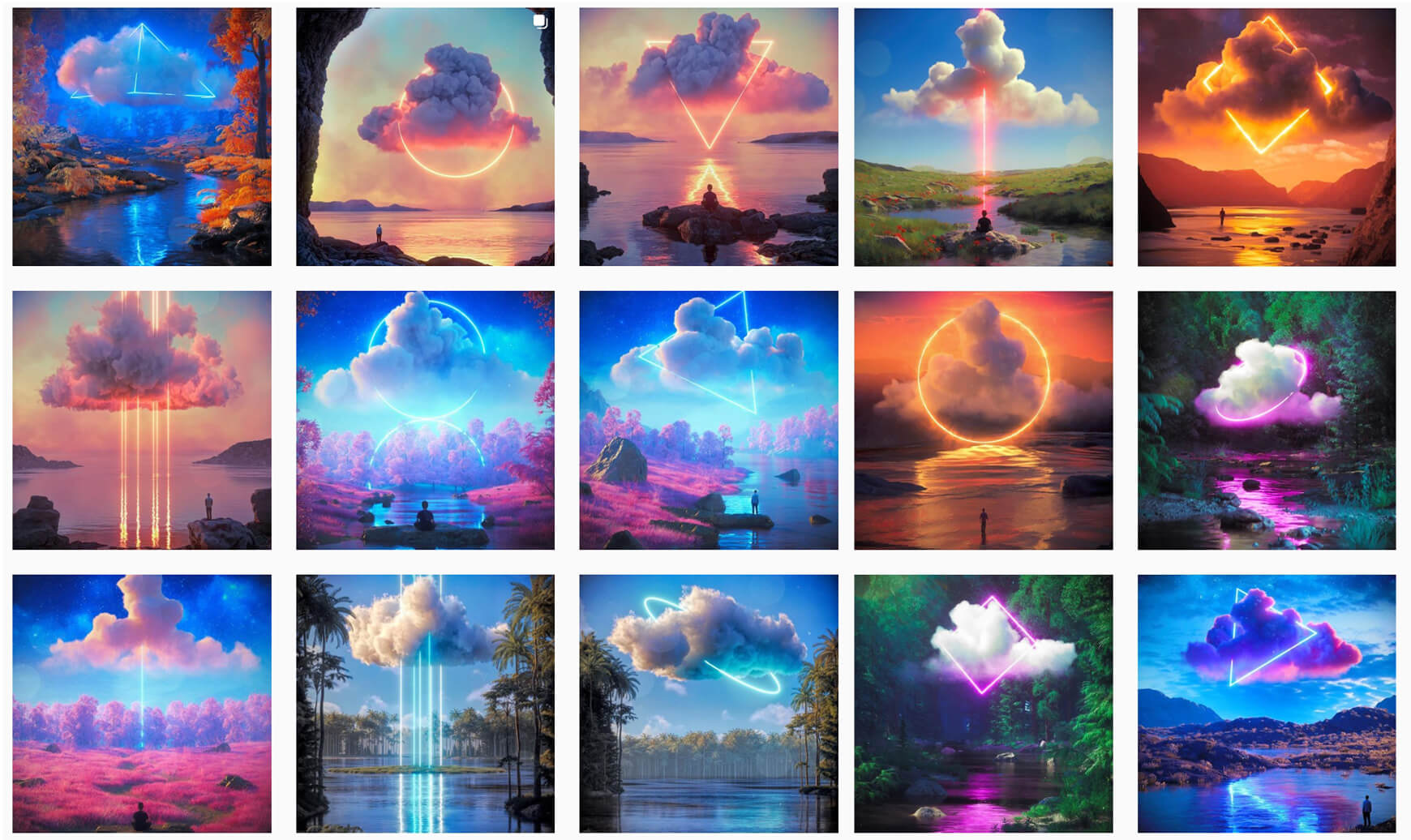
(Check out our Cloud VDBs seen in this render here)
Hi! I’m a full time artist and motion graphics designer. I started my work in motion design and animation going to school at RIT in 2001, and learning C4D and After Effects in my early 20s.
Over the years I’ve worked in web and motion design with lots of focus on sports, especially NFL and other major sports in the US. In 2017 I started creating personal work as a form of meditation, and eventually that work took on the flavor of my spiritual practice becoming very serene and calming, evoking in people a sense of awe and wonder.
This naturally led me to see this as something of a calling, to communicate these states of peace to others in a way that could be a service to all of humanity.
In terms of 3D I started on C4D in 2002 in college, and I immediately fell in love with the ability to see things in so many perspectives. I’ve always had a mind that visually worked in three dimensions, and from a young age loved working with my hands, building and sculpting little projects.
After I learned Cinema, I got more into Octane Render in 2015 when I started using it for work, then I discovered World Machine and World Creator which I’ve been using since then to create landscapes.
I’ve kind of always done a sort of meditative art. When I was younger I loved to do pen and ink drawings that were extremely intricate and detailed. I would spend endless mindless hours on the patterns and linework and I found it to be very calming and stress reducing during my teenage years.
After going to school to study art, I went deep on learning graphic design, typography and animation getting employed in those fields doing web design, programming in Flash, and doing everything from 3D animation to VFX work.
Later I went to grad school at SCAD to study Broadcast Design and Animation. Then I moved out to LA and have since had a great Freelance career working in motion graphics for TV and Entertainment.
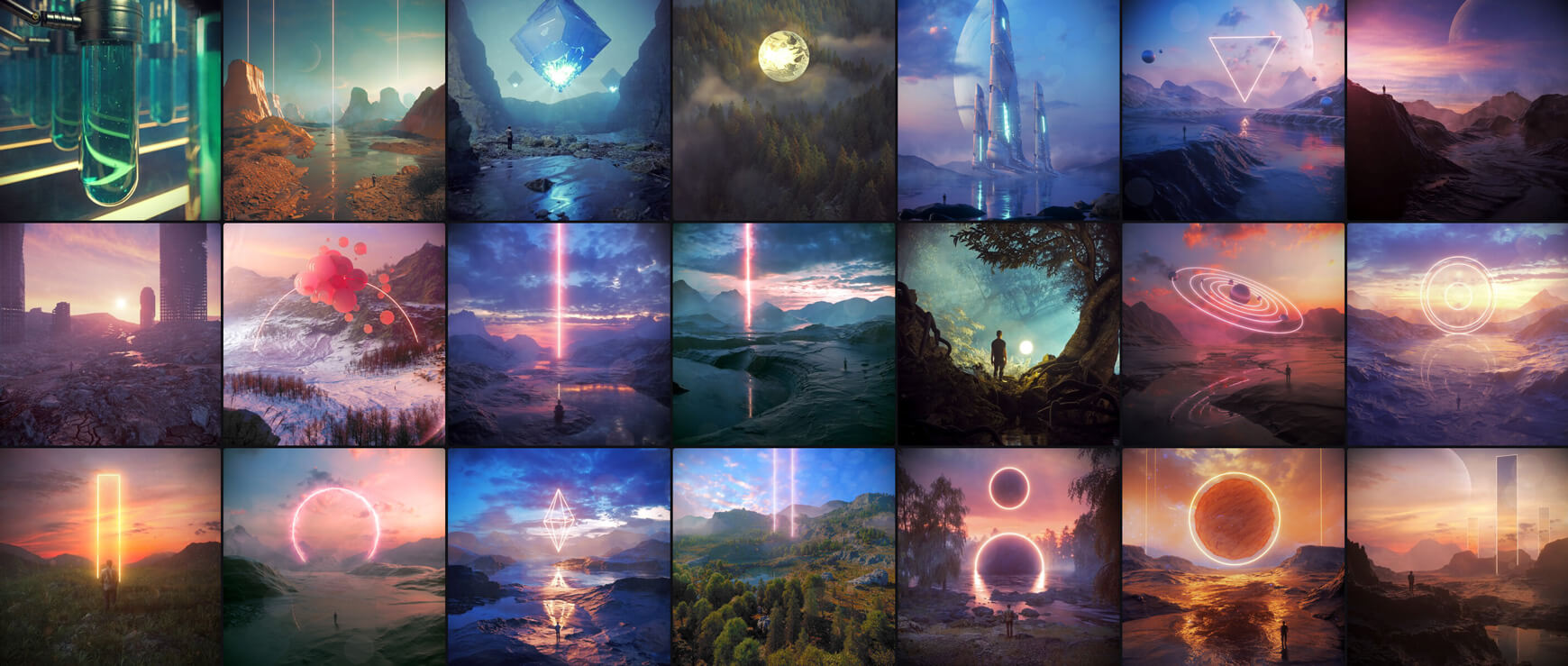
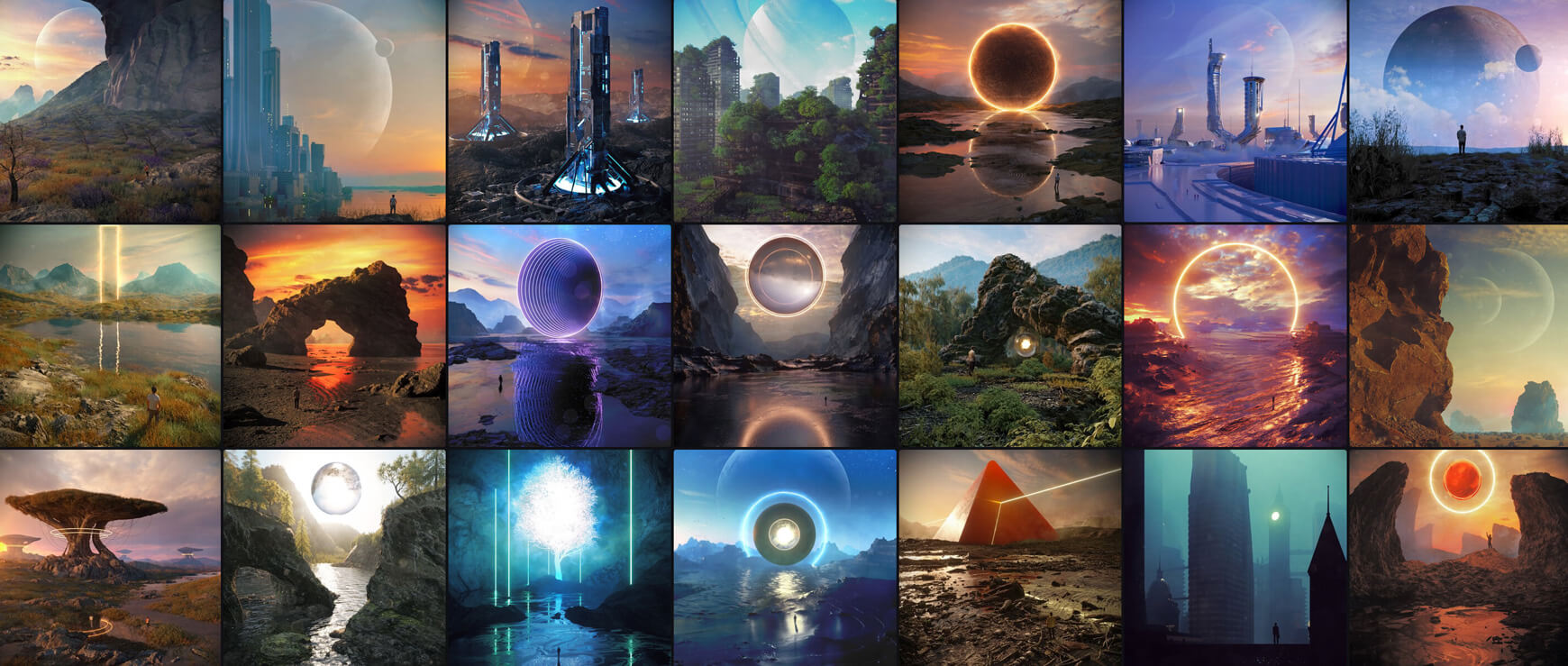
I love to place clouds in my scene as a contemplative object, highlighted by some kind of neon light structure. I generally will just load them in and start scaling and rotating them until I get a profile shape that I like; or not and just load another one.
I have a handful that I come back to over and over because I really like the shapes they create. I also use them to create banks of fog and rolling patches of clouds over large landscapes. I’ll clone them out and animate them into other shapes like circles and spirals too. They’re versatile and beautiful!
Certain things yes. They can be system heavy for one. I’ve had a hard time using them with render farms. Probably just my mistakes though. Also there’s an ongoing issue in Octane with overlapping that creates artifacts. I would love for them to be faster, cleaner and easier to work with. But overall I’m happy with what they can do and I think they add a lot to my process!
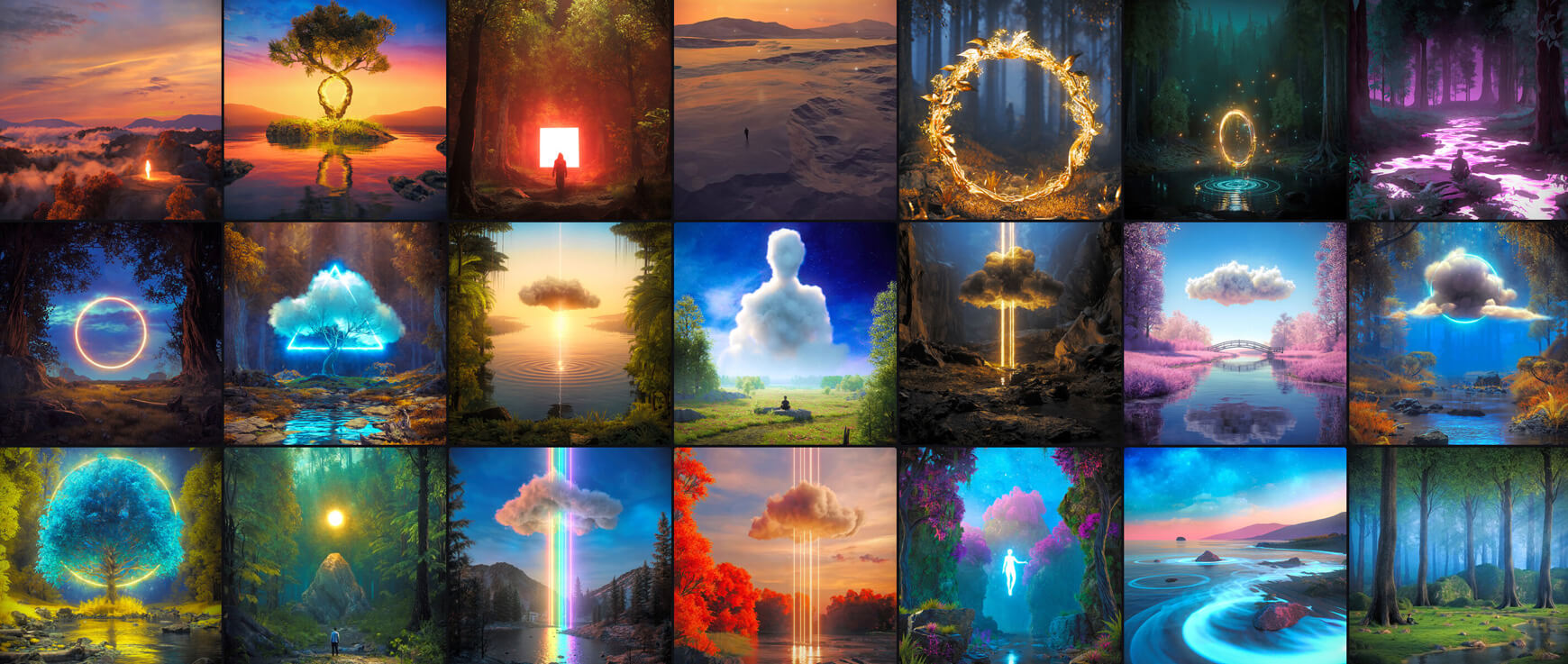
I think the future is bright even if the tools are changing and evolving. As entertainment consumers become more discerning there’s an ever increasing need to create better experiences that aren’t always bigger, louder and brighter.
Artists will always have a role in that communication. I try to always remember that art is about communication and whether it’s words or images you’re telling a story that others will want to hear. Artists will be more focused on quality than quantity, if that makes sense.
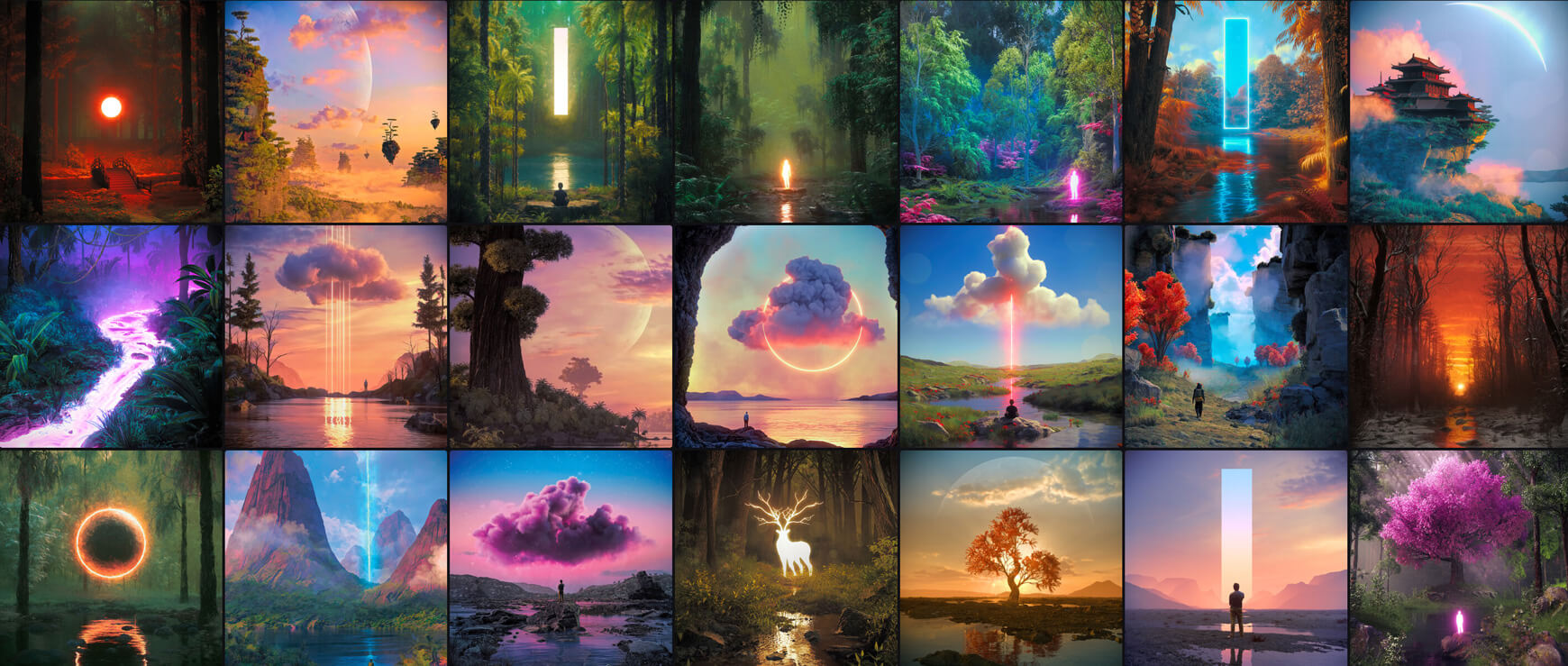
Hahaha. Maybe? I think that again art is communication, and just like we can train a computer to mimic human speech, we can train it to mimic human art. I think as of now, people aren’t fooled so easily.
There’s something intangible, beyond the words, beyond the pixels that is communicated from one human being to another that’s on a level that we can’t exactly quantify and measure. So there will be a lot of labor eliminated and the spirit will always come from a human.
Yes, I think there are some cool applications. I’ve been creating background skies of sunset images to use as backplates. I think it’s fun to create textures too.
I’ve used it to swap out for a more detailed human figure in some scenes. I’ve also used it to create reference images to inspire me to create certain things.
I think the world in general is getting more interactive. 200 years ago it was all printed word. In the last 100 it’s become visual, and animated. Now in the last 25 years, media has become interactive.
Especially with immersive VR we will become more and more in touch with the media we consume. Designing art for those types of applications has enormously interesting potential.
Do it because you love it, and always have fun. Don’t get too attached to what you make and don’t take anything personally. Some people just won’t like it. Also learn to take critique. You will never grow if you can’t accept constructive criticism.
Give everyone the benefit of the doubt and ask yourself really if those thoughts could make the work better. Lots of people have good ideas and even non artists can just be an extra set of eyes, when I think how can this be better. Listening and keeping an open mind. Staying humble!
My site is joshpierce.net and you can follow me on X at jpierce_art and on Instagram at JPierce
I hope you enjoyed this interview with Josh Pierce! If you want to use the same assets that he uses in his renders, check out our VDB Packs!